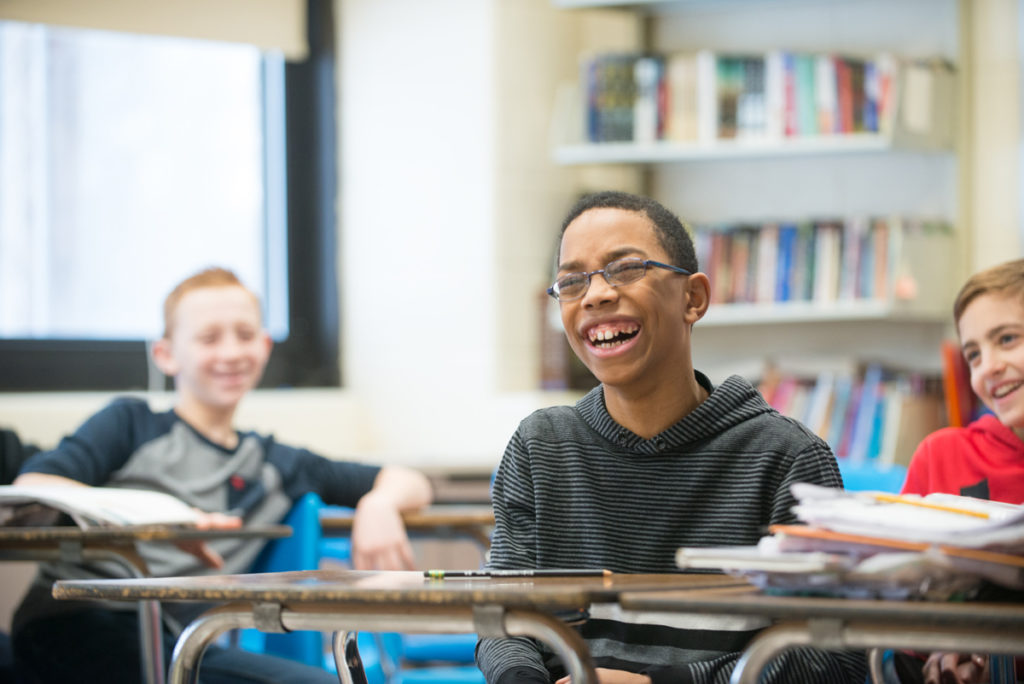
The thirteen-year-old has lots of positive attributes to help navigate the first of these teen years. At the forefront are a keen sense of humor and a sense of silliness that makes for good fun in school hallways, on the bus.
Both boys and girls are undergoing significant physical changes by the time they are thirteen. Young teens often do feel awkward in their changing bodies, but they are also aware that these changes mean they’re no longer little children.
Thirteen-year-olds, of course, seek significance and belonging primarily from their peers and spend a great deal of positive energy trying to fit in. They enjoy constructive activities like band, dance, and sports. They also find that time by themselves is important, and they can be quite introspective as they enter their teen years.
Thirteens’ most positive attribute is their high energy, expressed in physical and verbal extravagance. Arguing is a sport and leisure pastime. They love to contradict. Teachers in seventh and eighth grade know the value of formal debate in any subject area and of problem-solving with more than one right answer. Also valuable is perspective drawing in math and art. Looking at the world from new points of view is the job of the thirteen-year-old and they do this job with delight and bravado.
Thirteen-year-olds want more freedom and will thrive with reasonably increased level of responsibility. Choices of tasks requiring new skills such as such as community service learning, student government, or tutoring younger children can meet with more success than having the only major school responsibility being to get their homework done.
In this series based on Yardsticks: Children in the Classroom Ages 4–14, Chip Wood focuses on the positive developmental attributes generally present in children at different ages.